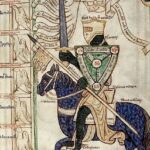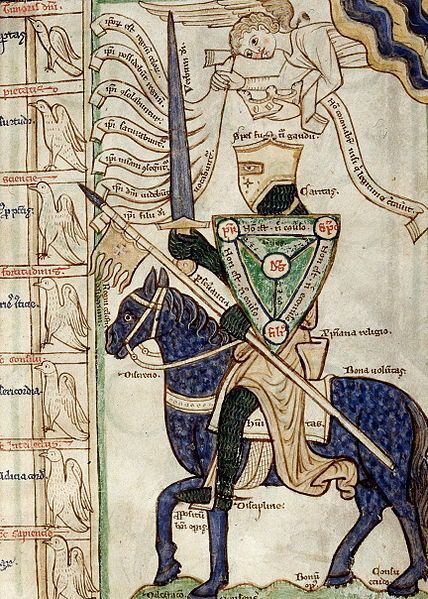Horses and medieval knights: reality is different than fantasy


Despite popular depictions of medieval English warhorses as giant steeds, new research suggests that most of the mounts of the time were only as large as modern-day ponies, revealing just how wrong today's fantastical images are.
The study, published in the International Journal of Osteoarchaeology, found that the magazines used by the English knights were less than 14.2 hands high, or 1.5 meters (about 57 inches) by traditional measurements. The height of the traditional horses is the hand 10.16 cm, and is measured at the shoulder of the animal.
A team of archaeologists and historians have analyzed around 2,000 skeletal remains from 171 different historical sites, including castles and a medieval horse graveyard, across the UK, dating from the 4th to 17th centuries. The researchers also examined historical records and fictional accounts of the time.
The study found that horses between 1.6 and 1.7 meters in size, roughly the size of modern racehorses and jumpers, were "very rare indeed." Even in the royal stables of the thirteenth and fourteenth centuries, such animals would apparently have been considered "very large". However, fictional representations of the period typically portray these mounts as high as 2.15 meters tall. Among the largest remains found by the team was a 1.60m tall horse from the Norman period between the 11th and 12th centuries. Its stature would put the animal roughly the size of a small light saddle horse today.
“It turns out that things are not quite how they were usually portrayed. In popular culture, war horses are often depicted as the size of a shire horse [a large breed that pulls loads]. It wasn't quite like that, ”Alan Outram, an archaeologist at the University of Exeter, told the Guardian.
The study suggests that warhorses were not bred for "raw size" only, but for a mix of biological and cultural factors, as well as behavioral characteristics such as "temperament." Although there may have been large specimens, Outram said armies would also need smaller horses for long-distance raids and for carrying equipment. Furthermore, in general, man up to the twentieth century was about ten centimeters less than the modern one: for example, the average height of Italians at the draft was 1.65 meters until the Second World War, while currently it is equal to 1.765 mt. Furthermore, the functions of the horses could be different, and a "Steed" intended to carry a knight in full armor, both chain mail and plates, had a different strength and size from a "Courier" intended to transport at great speed, such as the modern sports car. Without considering the practicality of having to get on and off the horse in emergency situations, a complex fact with a huge mount …

Thanks to our Telegram channel you can stay updated on the publication of new articles of Economic Scenarios.
The article Horses and medieval knights: reality is different from fantasy comes from ScenariEconomici.it .
This is a machine translation of a post published on Scenari Economici at the URL https://scenarieconomici.it/cavalli-e-cavalieri-medievali-la-realta-e-diversa-rispetto-alla-fantasia/ on Tue, 11 Jan 2022 12:00:52 +0000.
